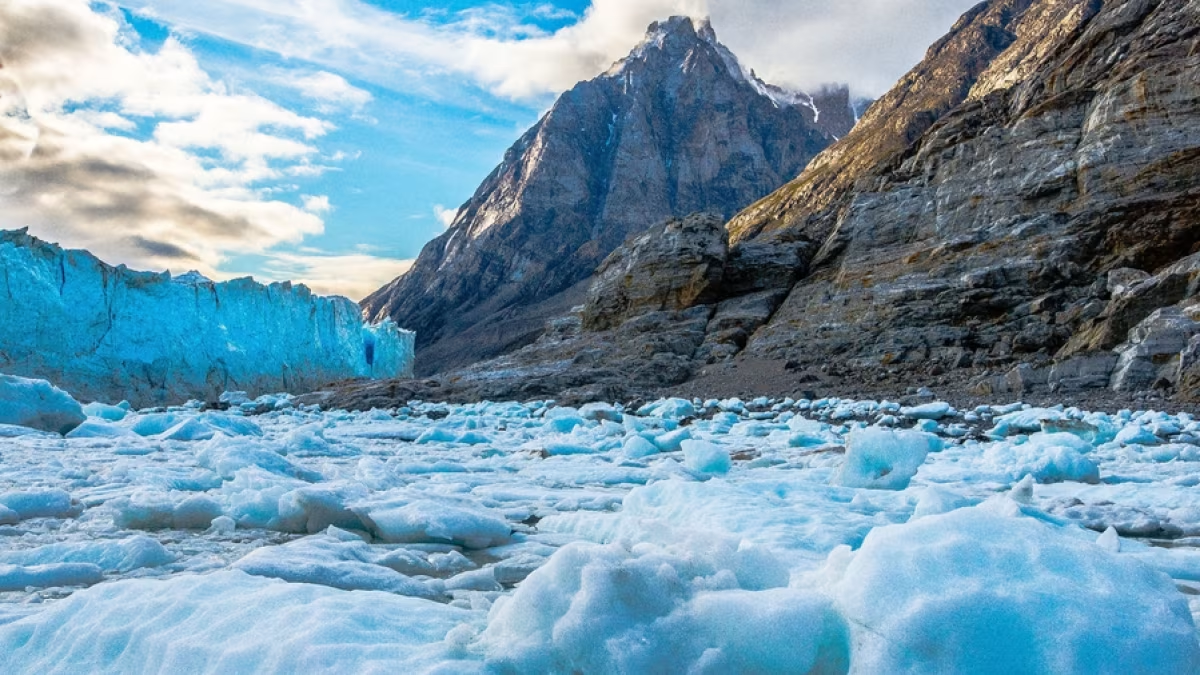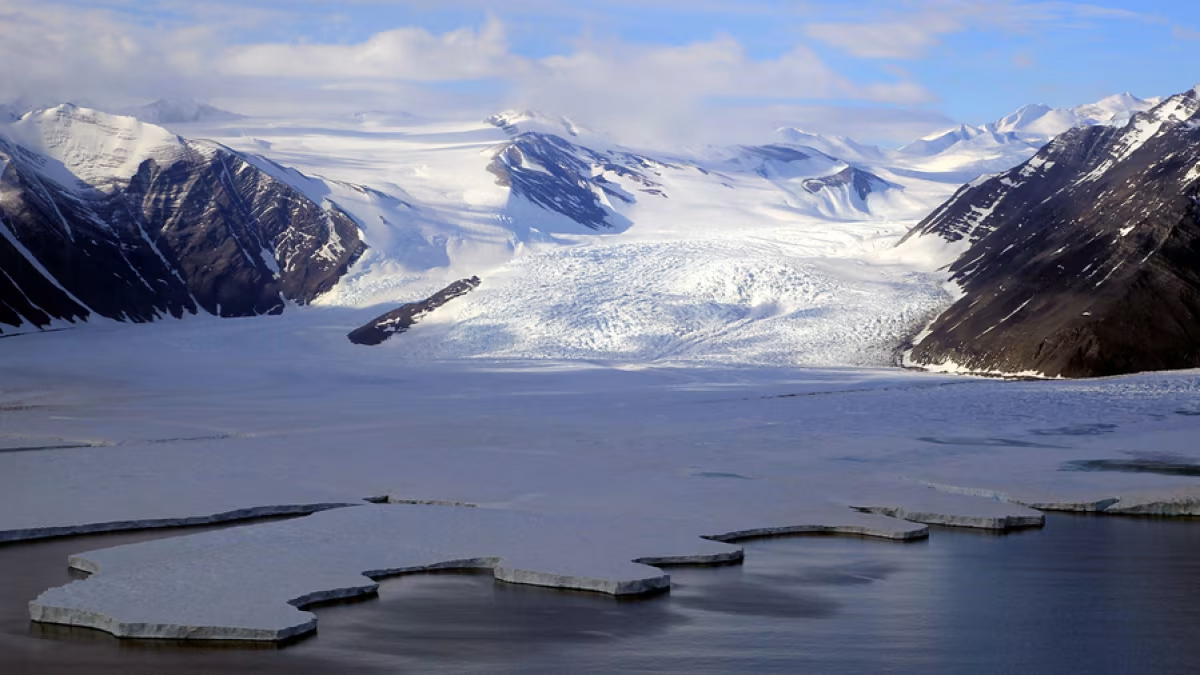Light in the land of the midnight sun
The midnight sun, also known as the polar day, is a natural phenomenon seen within the Arctic and Antarctic circles. During the polar summer, the sun stays above the horizon 24 hours a day – meaning no sunrise or sunset, just constant daylight. This unique phenomenon is caused by the seasonal tilt of the Earth toward the sun during the Arctic or Antarctic summer.

Seasons in Antarctica and the Arctic
Seasonal changes are brought about by the movement of the planet and its changing distance to the sun. For many of us, our year is divided into four distinct seasons. But this is not true of everywhere in the world: In the equatorial regions and at the poles, the year is often divided into two seasons. At the equator, the dry and the rainy season (also known as the monsoon season) divide the year. And at the poles, winter and summer are the chief seasons. Though spring and autumn do occur in Leiden, they are not as clearly defined as they are in temperate regions.

Planetary tilt = polar night or midnight sun
In the polar regions, the midnight sun occurs due to the angle of the planet in polar summer. During the polar summer, one particular pole of the planet is pointed towards the sun at an acute angle. This angle prevents the region from falling into shadow as the Earth turns, hence no night time. The other pole of the planet, however, witnesses an inverse effect: It stays in shadow longer than the rest of the planet, leading to the effect of polar night.

Arctic and Antarctic albedo
Albedo is the measure of how much light is reflected off a surface. The white snow and ice of the polar regions have a high albedo, so when sunlight lands on these areas (which happens without relent during the summer season), that light is largely reflected back into the atmosphere. This is one of the reasons the polar regions remain cold all year round.

Experiencing the midnight sun
Depending on where you are at the poles, you will observe the midnight sun differently. If you are in the lower latitudes, you will see the sun rise and fall throughout the day, but it will always stay above the horizon. The closer you get to the peak of the pole, the higher the sun stays in the sky and the less it will oscillate. The only disadvantage of visiting the polar regions during the midnight sun season is that you are unlikely to see the aurora borealis (of the northern hemisphere) or aurora australis (of the southern hemisphere), as it will be too bright.

Arctic light, Antarctic darkness
At the poles, the sun only rises and falls once a year. This one sunrise and sunset are known as the summer and winter equinox. During the polar spring, the sun rises and continues to do so until it reaches its peak in summer. The polar autumn is a time of twilight, when the sun stays just below the horizon and creates an ambient glow. Once winter arrives, there is permanent darkness.

How the midnight sun affects wildlife
The season of the midnight sun is an active time for wildlife. Regions in the lower latitudes, where there are plants, experience a great rush in growth. Animals work hard to fatten up during this time, and breeding seasons will start. Interestingly, animals of the polar regions don’t go into hibernation during the polar night, as food levels remain unchanged. Only pregnant female polar bears overwinter in a den. Their cubs are born from November to January, and only when the sun has returned (around late March or April) do they emerge.

Norway, Iceland, Alaska, and other midnight sun locations
The midnight sun can be experienced in either the Arctic or Antarctica, depending on what time of year it is. In the northern hemisphere, the midnight sun lasts from the middle of April to the middle of August, and can be seen in Greenland, Svalbard, Russia, Canada, Alaska, and the Scandinavian countries. In Svalbard, a key destination for cruises to the Arctic, the sun does not set for sixty days. During the southern hemisphere summer, you can see the midnight sun by embarking on any number of adventurous Antarctica voyages.

See the midnight sun outside the Arctic Circle
Eagle Summit in Alaska is one of the few places outside the Arctic Circle where you can experience the midnight sun. This is due to its altitude as opposed to its latitude. The summit would not be too comfortable a place to witness the midnight sun, however, due to its fierce winds and rain.






